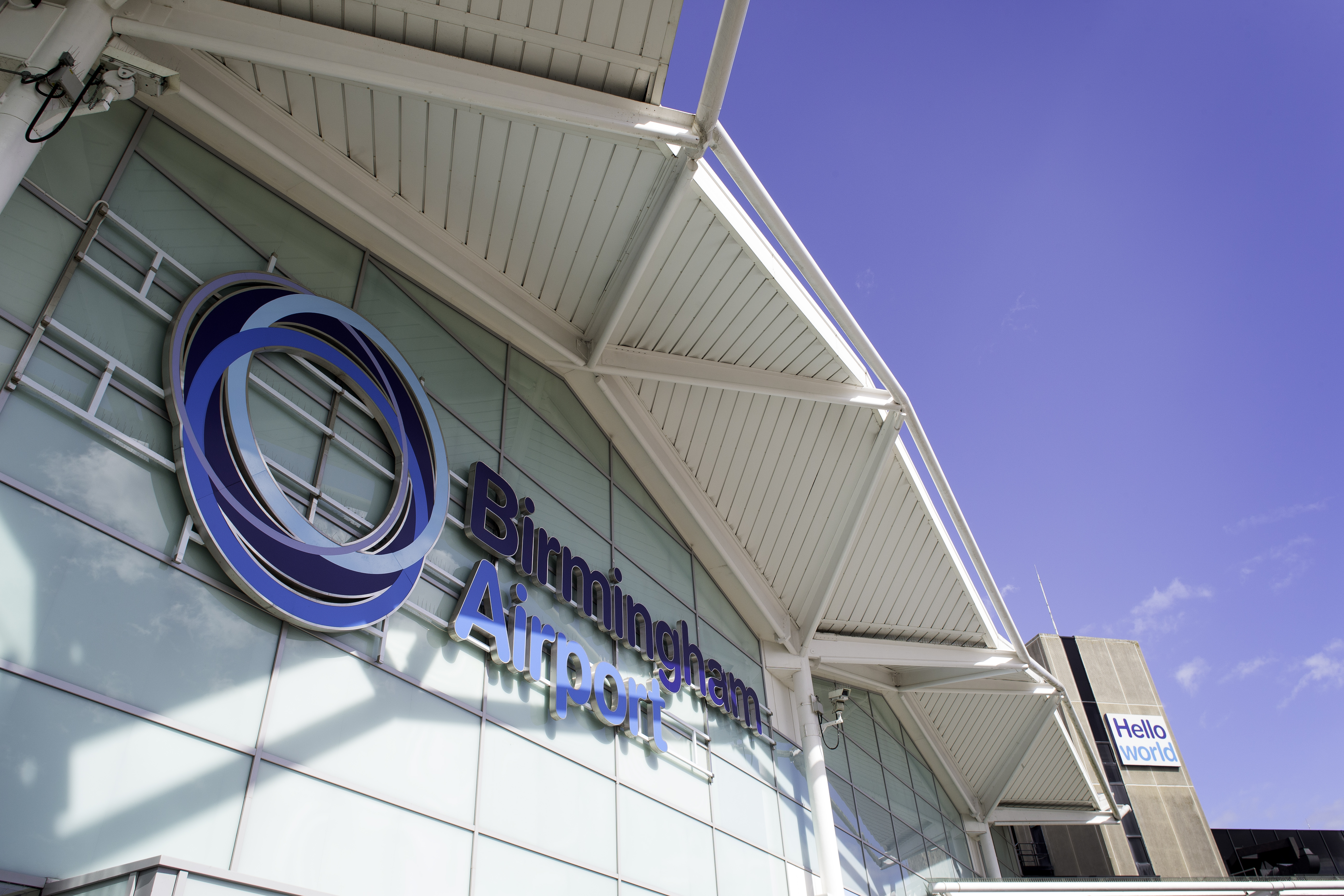Birmingham Airport Makes £100m Infrastructure Improvements
Birmingham Airport today announced that it is investing £100 million on improvements to its facilities and infrastructure, including hold-baggage screening, self-service check-in, surface access, additional car parking and air traffic control.
 The most significant programme is underway to replace the hold baggage screening system with the latest advanced baggage x-ray sortation operation, which will more than double the hourly baggage processing capacity.
The most significant programme is underway to replace the hold baggage screening system with the latest advanced baggage x-ray sortation operation, which will more than double the hourly baggage processing capacity.
Other major improvements include developing a new Drop Off car park, which will be free for 30 minutes and connected with a covered walkway to the terminal entrance. Existing car parks will also be upgraded and a brand new surface car park is planned.
An ambitious programme to double the number of self-service bag drop kiosks will be installed as well as digital check-in branding to improve operational efficiency and aid passengers.
The ATC Surface Movement Radar will be upgraded to enable critical safety enhancements and operational capacity.
Paul Kehoe, the Airport’s Chief Executive, said: “We have seen enormous growth at Birmingham Airport over the last few years and we are currently welcoming 11 million passengers a year through our terminal.
“We’re therefore making this investment to enhance operational efficiency and improve the passenger journey in time for the summer 17 season, when we’ll welcome fifteen new routes with Jet2 and anticipate in excess of 12 million passengers over the next year.
“Looking more long-term, Birmingham Airport is in a unique position as in ten years’ time it will become the UK’s only HS2 connected airport, growing the catchment into London with high-speed trains and serving Birmingham from the capital in c30 minutes.
“We’re therefore working on our master plan to look at options which maximise the benefits of HS2 for Birmingham, the wider region, airlines and passengers.
“This will allow us to scope out how we can create a truly integrated transport network that can take the pressure off the overheated London system and transform our facility from a 25 million potential passenger site to 60 million plus in the future.”